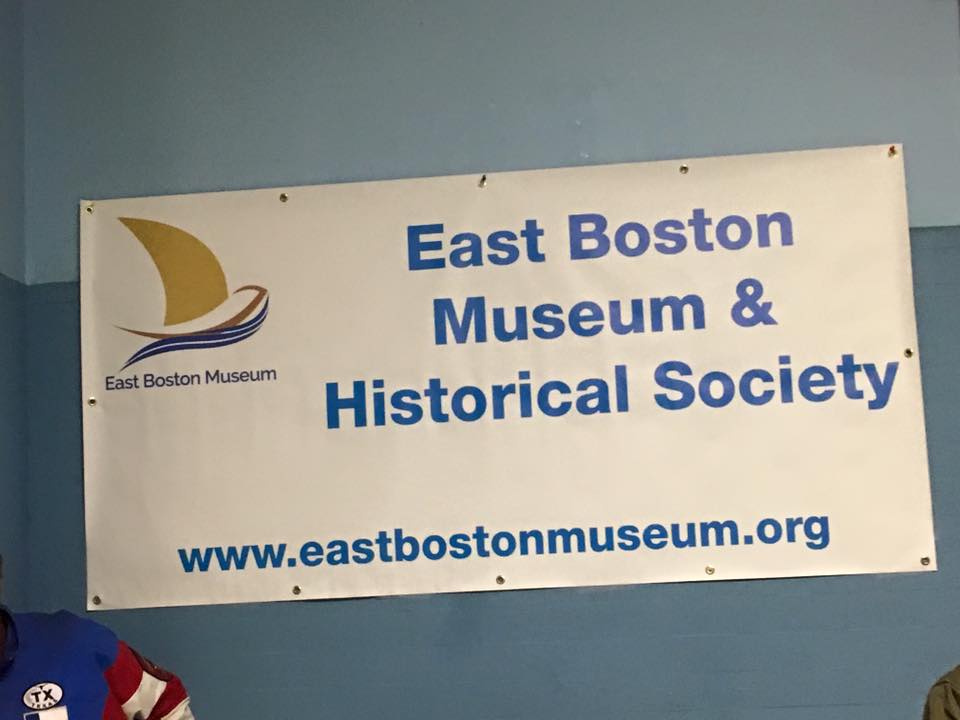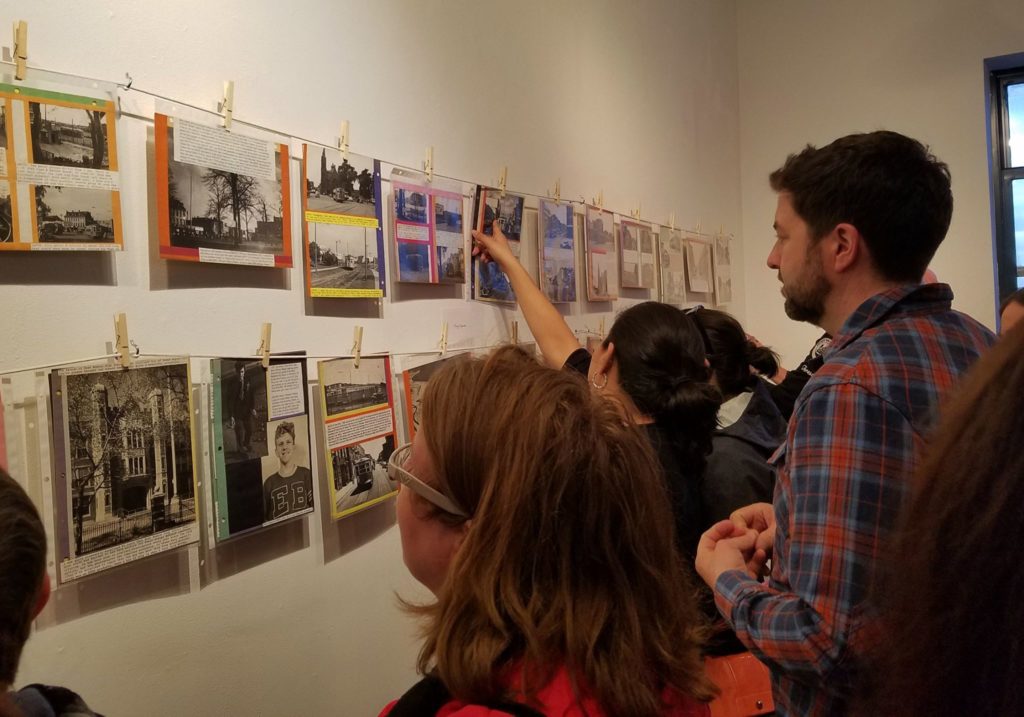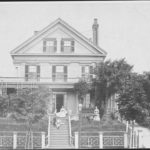
September 23, 2021 Meet the East Boston Museum and Historical Society
Earlier this year, with assistance from the East Boston Community Development Corporation (EBCDC), the East Boston Museum and Historical Society entered into a purchase and sale agreement with the owner of the historic Donald McKay House at 80 White Street in East Boston.
The Museum is devoted to preserving and promoting centuries of East Boston history. It provides regular local history programs for the public and has long hoped to identify an historic building for its headquarters. When the Donald McKay House became available, they were convinced it was the perfect place for the organization’s home and a museum of East Boston history.

Debra Cave, the organization’s President, leads an all-volunteer organization with an 11-member board of directors. “The East Boston Museum is an organization with members from ages 24 to 75,” she said. “We have so many stories to tell and so much more to discover about our past that can inform the future.” Cave particularly highlights three themes that are woven through East Boston’s 400-year written history that guides the Museum’s work: transportation, immigration and advocacy.
Historic Boston is supporting the East Boston CDC and the Museum on a feasibility study for the house’s preservation and transformation into a museum. The three organizations are actively interviewing architects and consultants to help with planning.
“Most of us who grew up in East Boston have been hearing about Donald McKay all our lives,” said Cave. “This is a rare opportunity to purchase a building associated with him, and a great chance for the Museum to have the space it needs to store collections, present programs and display exhibits that will tell a bigger and richer history of the neighborhood. Our members value history, but we also believe in building community by understanding the past and present. This should be a place where everyone in the community feels welcome.”
“We are often offered donations of papers, books, and such, and haven’t had the space for their storage,” said Cave. “The McKay House gives us space to plan for acquiring things that residents and visitors can use for research, and that we can use to create exhibits.”


The Donald McKay House was built by McKay (1810-1880) in 1844 near the crest of Eagle Hill. McKay lived there until he moved to Hamilton Massachusetts in 1869 for the last decade of his life. McKay emigrated to the US from Nova Scotia, and established his shipyard on the East Boston waterfront, from which he launched dozens of great 19th century sailing vessels, including clipper ships like the Flying Cloud and the Sovereign of the Seas, which was clocked as the fastest sailing ship ever recorded.
The City of Boston CPA has granted the Museum $400,000 toward the McKay House acquisition. The Museum and the CDC are working on a capital campaign to raise the funds necessary to purchase the building. Over the next several months, East Boston CDC, the Museum and HBI will be working with its chosen architect, engineers and contractors to determine the cost of restoring the historic house and adapting it for public and commercial uses.
According to Debra Cave, the East Boston Museum will plan the new facility with input from a cross section of East Boston community organizations whose work can complement the goals of the McKay House. “Many East Boston groups have cultural programming that we can support, too,” said Cave. “We’re going into this optimistically and with our eyes wide open. This will be hard work, but we know it will be a valuable contribution to the present and future of the neighborhood, and we know we have the right partners working alongside us.”



